
 |
Academic Activity of Peter StallingaUniversity of The Algarveupdated: October 2018 |
| Documents: 1. Academic activity (current) 2. Pedagogic activity 3. Technical analysis scientific production 4. List of Publications |
In the
current document: 1. Preface 2. CV 3. Scientific Activity 4. Pedagogic Activity 5. Administrative Activity 6. Other activities |
 , LibreOffice Impress
, LibreOffice Impress (Open Source;
PowerPoint compatible) and WinZip
(Open Source;
PowerPoint compatible) and WinZip  can be obtained at http://www.libreoffice.org/.
Links have been checked by KLinkStatus
can be obtained at http://www.libreoffice.org/.
Links have been checked by KLinkStatus  (Linux Freeware); no broken links (everything points to something)
and no orphaned files.
(Linux Freeware); no broken links (everything points to something)
and no orphaned files.| Name: Peter Stallinga Institutional address: Universidade do Algarve, FCT-DEEI, Campus de Gambelas, 8005-139 Faro, Portugal Tel: +351-289863764 FAX: N/A e-mail:  Social networks: Skype: pstallinga Facebook: Peter Stallinga Twitter: N/A LinkedIn: N/A ResearchGate: P. Stallinga ORCID: 0000-0002-9581-6875 |
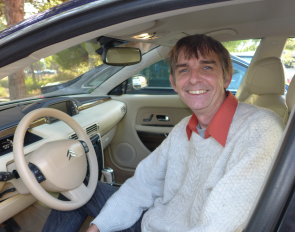 |


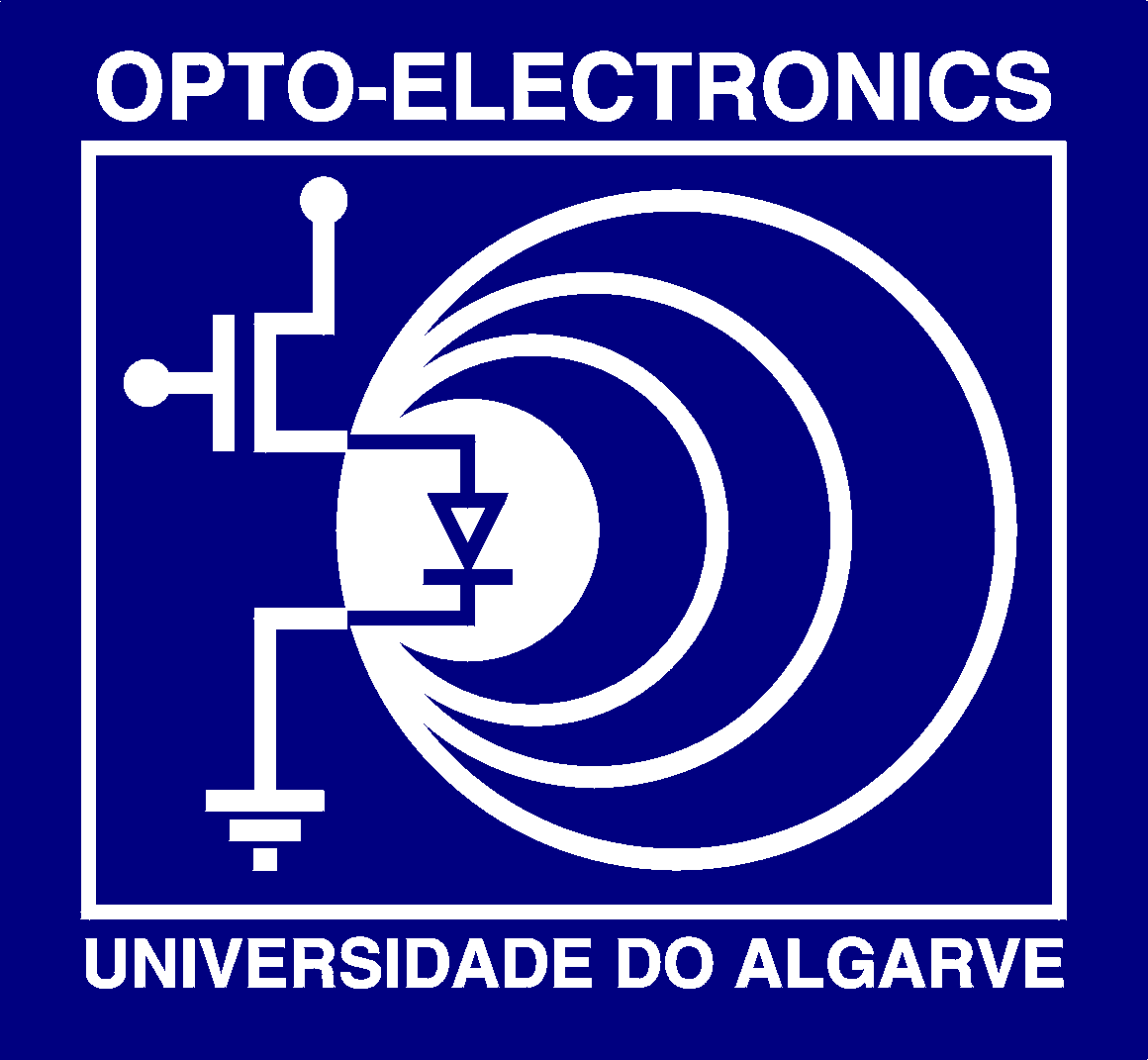 |
Introduction Most scientific work was carried out at the University of The Algarve (UAlg) in the laboratory of OptoEl (later embedded into the Center for Electronics Opto-Electronics and Telecommunications, CEOT). I am at the moment 100% dedicated to CEOT, although many cooperations exists with other research groups in UAlg, Portugal (Lisboa) and Europe. |
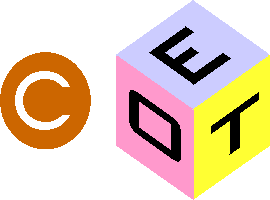 |
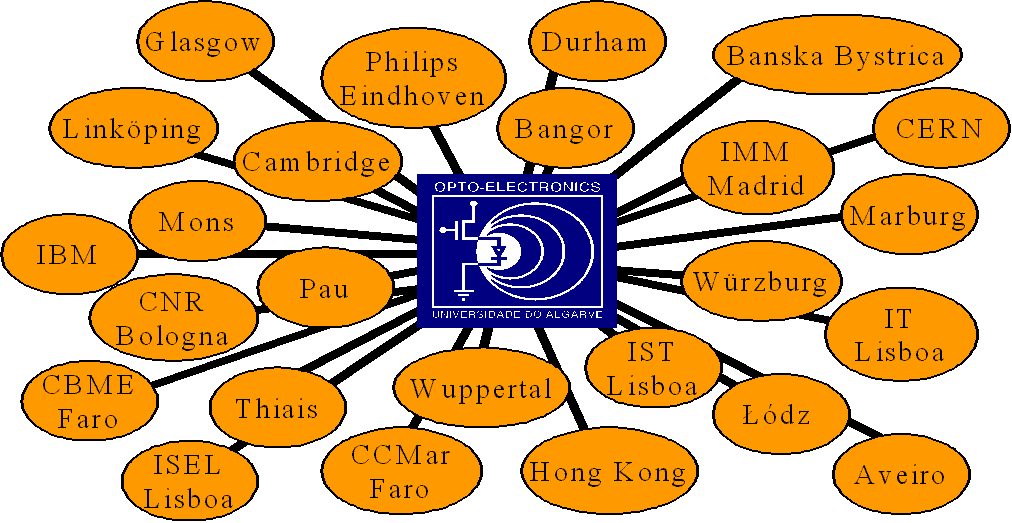 Highlights
Highlights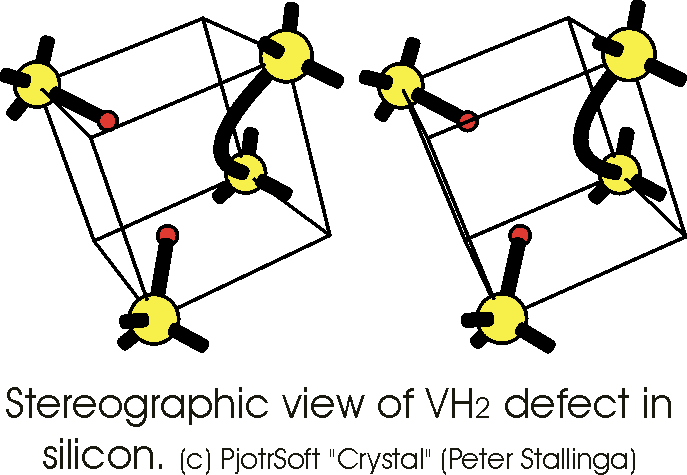 Defects in Semiconductors
Defects in Semiconductors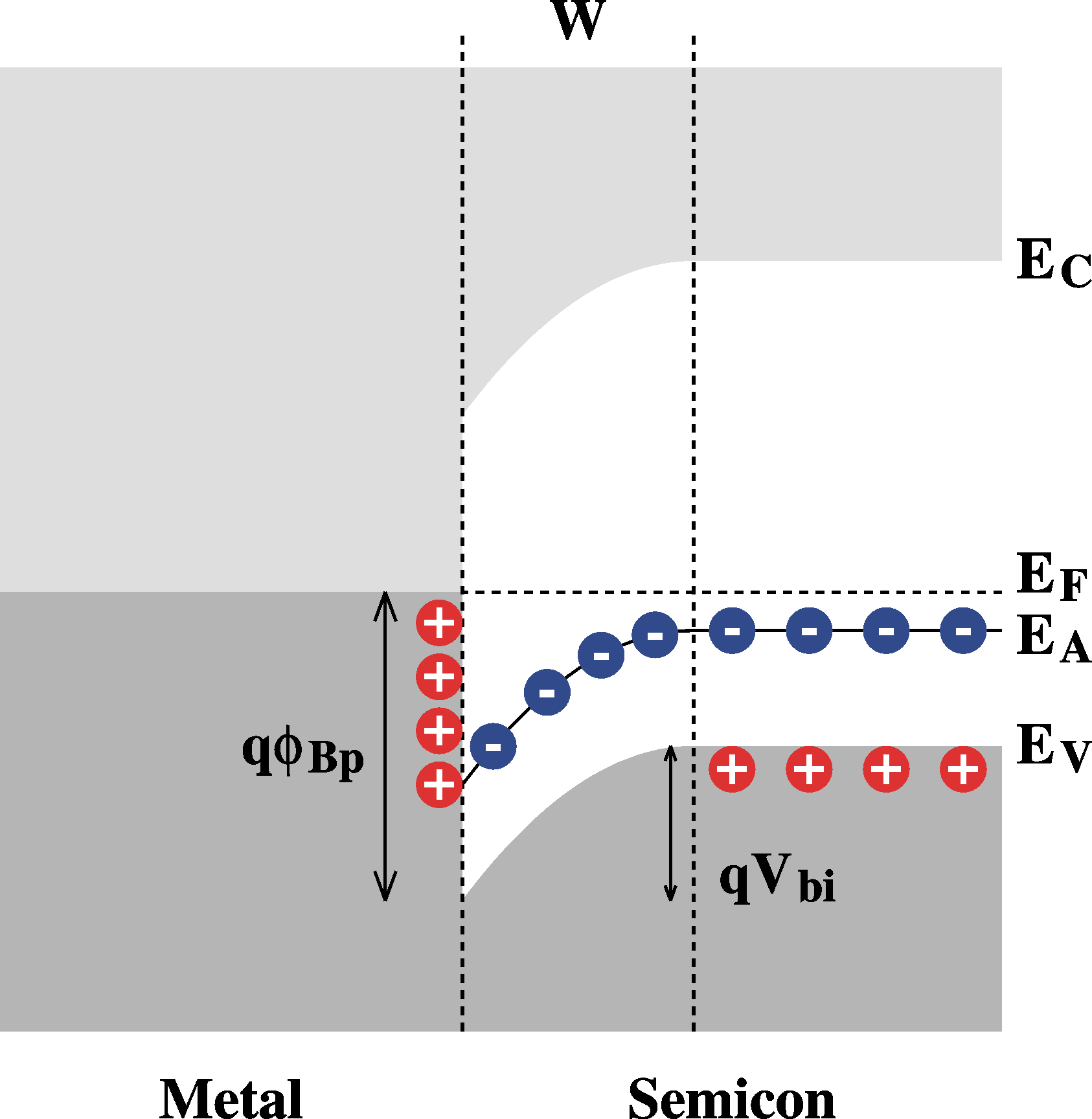 Organic Electronics
Organic ElectronicsDuring a visit to the research group
of Dr. Michele Muccini, a light-emitting field-effect
transistor (LE-FET) was fabricated and  measured. This merits to be
highlighted because it was, to our knowledge, the first
such device in the world (Synth.
Metals,
2004). measured. This merits to be
highlighted because it was, to our knowledge, the first
such device in the world (Synth.
Metals,
2004).Recently, a cooperation was started with the University of Hong Kong for developing electronic devices based on DNA. In this approach, DNA is treated as any other organic material, with the advantage of the capability of DNA to self assemble and self organize. This will enable to bridge the gap to molecular electronics. A metal transistor was predicted by me as a direct result of the way the thin-film transistor was modeled. Because the device with a metal for the active layer fully behaved as a transistor, with the source-drain current programmed by the gate-bias the device worked as a proof-of-principle for the Algarve Model for transistors. The metal transistor was considered innovation of the year in Asia in 2008. See for instance the Research Highlight in Nature Asia Materials, 6 August 2008. And received at lot of attention of the media (TV, radio, paper media, etc.). As an unexpected side effect, in cooperation with electronics colleagues (Prof. Bastos), the transistor is found to be possibly much faster than state-of-the art silicon transistors of equal dimensions. The potential implications of this are of course enormous. All these ideas of a decade of research were summarized in the book "Electrical Characterization of Organic Electronic Materials and Devices" (Wiley 2009), see image of book cover shown here. |
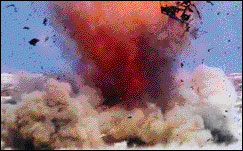 Sensing
Sensing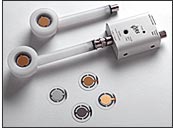 Scientific Instrumentation
Scientific Instrumentation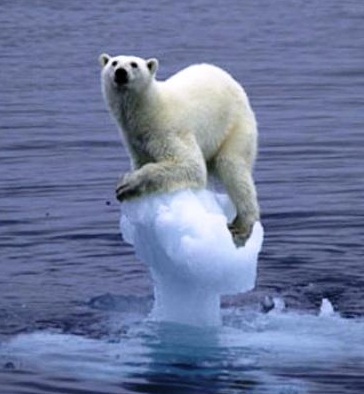 The Climate The ClimateFor some time our society is pestered by a pessimistic outlook for the climate. How can that be? Not twenty years ago there was no such thing as Global Warming. 30 years ago the idea was Global Cooling. Moreover, how can it be that one of the most harmless substances on earth, carbon dioxide, is attributed the role of responsible agent? Passionate for the weather and climate since early childhood, I have been studying both sides of the debate and can only conclude that Global Warming is the result of the political way the subject is treated. With international political bodies such as the IPCC dictating the science, the outcome of 'research' is inevitable. The ideas were summarized in a book "De Mythe Van Klimaatsveranderingen" (Lulu 2010, in Dutch). This will hopefully reopen the discussion in the scientifically unhealthy area where saying anything against the models of Global Warming is considered a crime against humanity. The publication of the book was basis for an interview with Noord Hollands Dagblad, 2010. See short on-line version here. As well as several seminars were given, see presentations list below. Several papers were submitted to peer-review journals. Some have been accepted with the utmost difficulty. It is my experience that referees use gut-feeling for rejecting the manuscripts. Still, the truth will prevail. See the special page about the climate maintained by me: http://www.stallinga.org/Climate/index.html. It is not possible to base a career on scientifically analyzing the climate. |
 Economy.
Europe is in crisis. Why? What is the problem? We have
infrastructures to produce things, yet people are getting
poorer. What is going on here? The problem is in our
monetary system. A system that was invented to avoid a
crisis of overproduction (as predicted by Karl Marx) and
now seems to be running itself into trouble. Economy.
Europe is in crisis. Why? What is the problem? We have
infrastructures to produce things, yet people are getting
poorer. What is going on here? The problem is in our
monetary system. A system that was invented to avoid a
crisis of overproduction (as predicted by Karl Marx) and
now seems to be running itself into trouble.http://www.stallinga.org/Economy/index.html |
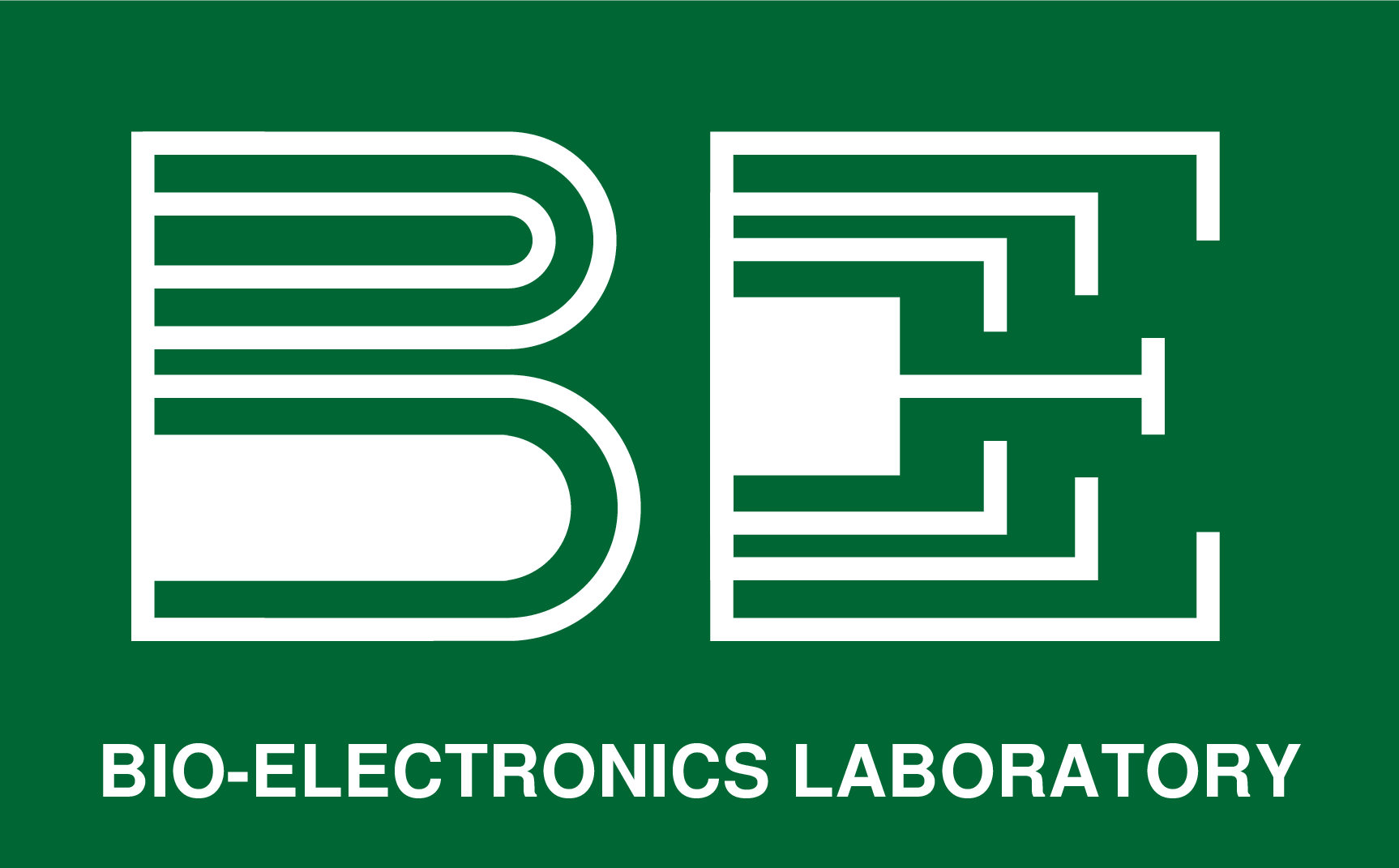 Biology.
Overlapping with instrumentation, the idea is to
electrically measure living things. Starting with plants.
Currently we are measuring plant impedance spectroscopy. Biology.
Overlapping with instrumentation, the idea is to
electrically measure living things. Starting with plants.
Currently we are measuring plant impedance spectroscopy. |
 |
 A cooperation was started with the Hong Kong University on the measurement of electronic devices based on DNA materials. This is still in very early stages. The first results are on a field-effect transistor. The person directly involved is Dr. V.A.L. Roy at The Department of Chemistry of The University of Hong Kong. Another cooperation with them is the fabrication of the metal transistor. (Advanced Materials 20, 2120 (2008)). |
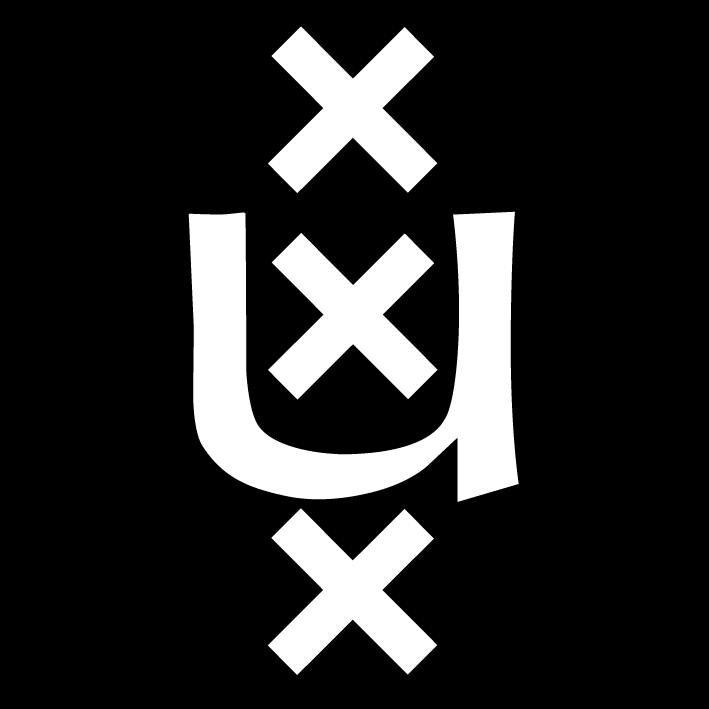 |
De
Universiteit van Amsterdam. During a sabbatical leave the
Space Separated Quantum Cutting was discovered and worked
out. This resulted in a publication in Nature Photonics. (Nature
Photonics
2, 105 (2008)).
Due
to the relevance for society (any increase in energetic
efficiency means decrease in CO2 emissions), this paper
received a lot of national and international attention. See for instance Diário de Notícias 23 February 2008, page 40, page 41. Correio de Manhã 2 February 2008, on-line. NRC (Dutch), paper version, internet version. Press Release (by P.S.) |
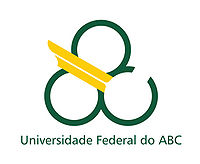 |
Connections have
been established with Prof. Adriano Benvenho of the
Federal University of ABC, where research is done on
electronic materials and devices |
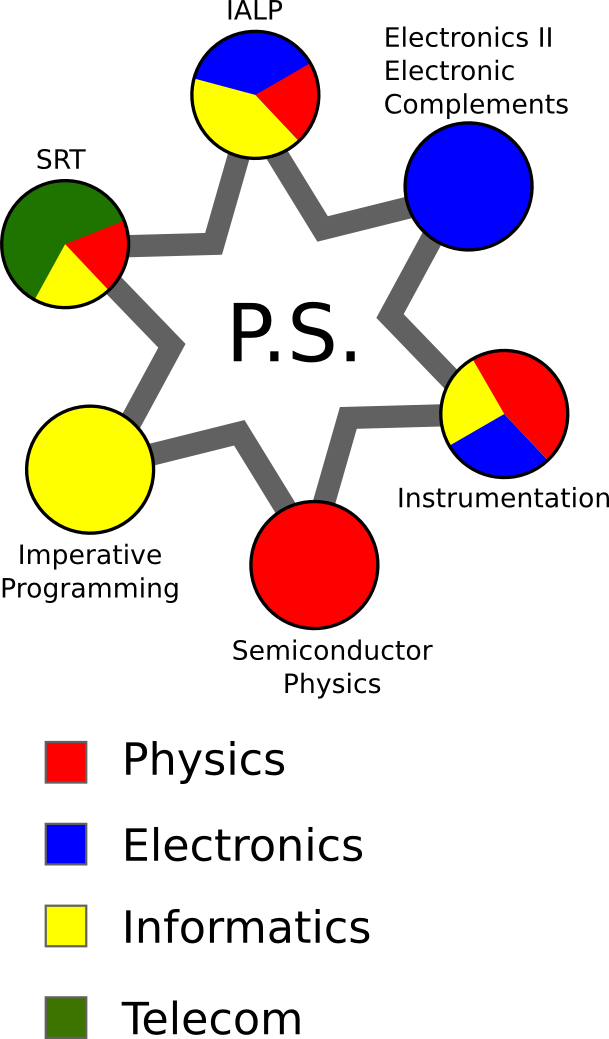 Summary
Summary |
Finally,
it is worth mentioning that on-line educational software
was written that simulates complicated physical ideas of
electronic components. For compatibility reasons, these
simulations were written in Java applets and were embedded
into HTML pages. Click on the icon Java or follow this
link to see the simulations: http://www.stallinga.org/AcadActiv/Lectures/Java/index.html.
On the CD it can be found here. |


 and
and  .
.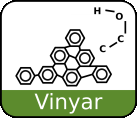 A
spin-off company, named Vinyar, was started that addresses
the problem of air quality control at wine production
facilities. The problem consists
of the airborne fungi that enter the bottle at the time
of botteling of the wine. It is estimated that some 1%
of all wine in Portugal is lost every year due to this
problem. In a country with a substantial wine industry
-- of about 1 billion euros per year -- this is
obviously a huge problem. The direct damage is in the
order of tens of millions of euros per year, but the
damage goes much beyond direct physical damage. Every
bottle that is opened and that smelss of 'rotting cork'
destroys the image of the wine house and should thus be
avoided at all cost. The idea is to develop sensing
systems to detect and eliminate the main agent causing
this failure of wine. See the business presentation here. A
spin-off company, named Vinyar, was started that addresses
the problem of air quality control at wine production
facilities. The problem consists
of the airborne fungi that enter the bottle at the time
of botteling of the wine. It is estimated that some 1%
of all wine in Portugal is lost every year due to this
problem. In a country with a substantial wine industry
-- of about 1 billion euros per year -- this is
obviously a huge problem. The direct damage is in the
order of tens of millions of euros per year, but the
damage goes much beyond direct physical damage. Every
bottle that is opened and that smelss of 'rotting cork'
destroys the image of the wine house and should thus be
avoided at all cost. The idea is to develop sensing
systems to detect and eliminate the main agent causing
this failure of wine. See the business presentation here. |